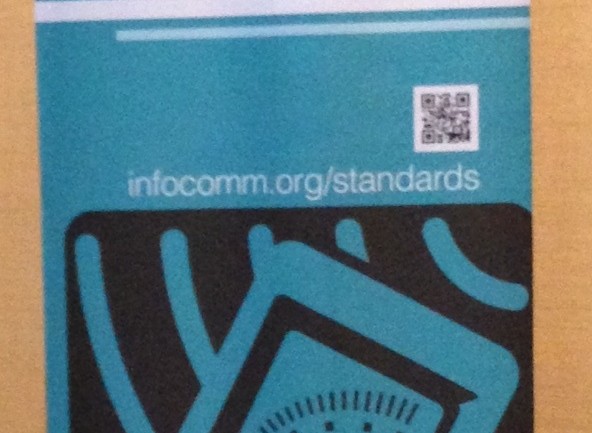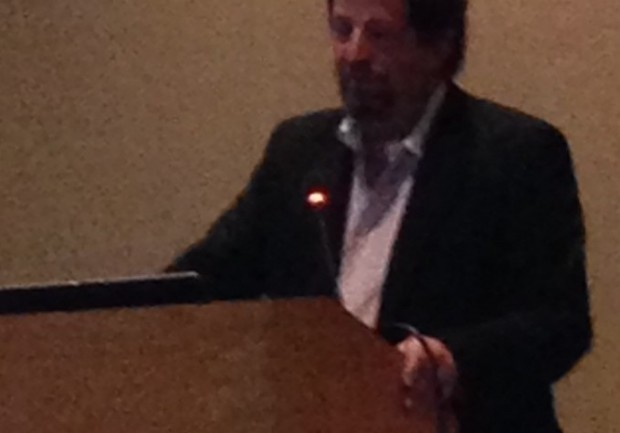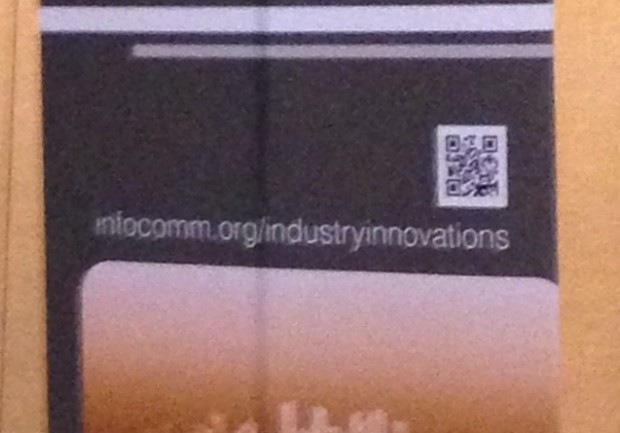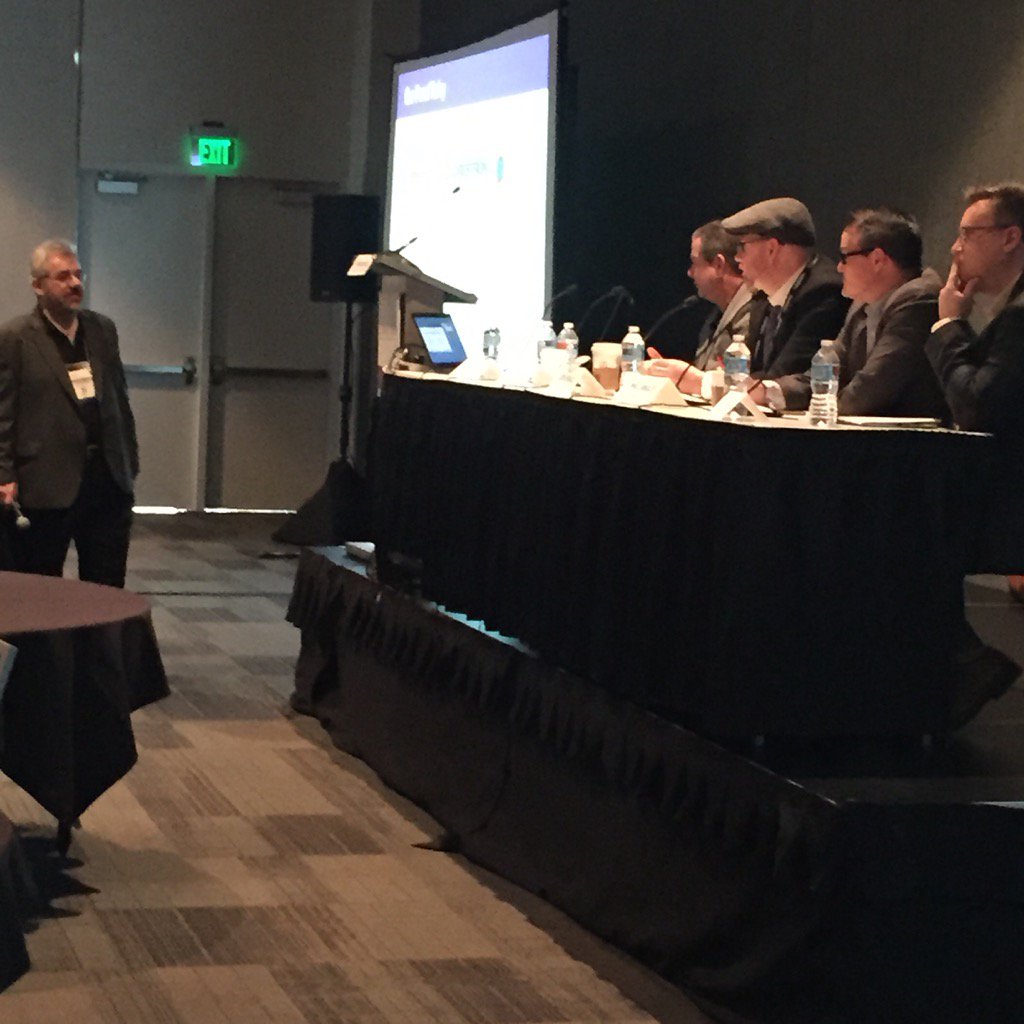The number of audio visual professionals coming to InfoComm 2014 will almost certainly start to approach 50,000. The thing that sometimes feels forgotten is that this 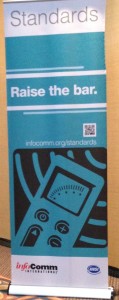 annual trade show is more than just the three days of exhibits where 900 manufactures will show their old and new wares for new and tried and true applications. This gathering of minds actually stretches over a full week, starting with three day training courses, single day training courses and other events preceding the ribbon cutting on Wednesday morning. But how much do you really know about these other events, in particular the InfoComm Standards and Industry Innovations Plenary Session?
annual trade show is more than just the three days of exhibits where 900 manufactures will show their old and new wares for new and tried and true applications. This gathering of minds actually stretches over a full week, starting with three day training courses, single day training courses and other events preceding the ribbon cutting on Wednesday morning. But how much do you really know about these other events, in particular the InfoComm Standards and Industry Innovations Plenary Session?
I suppose the first question to be asked is, what do you know about InfoComm’s Standards and Industry Innovations group? The people behind this are hard working and driven folks with the goal to set the standards for performance and execution in this industry. Reliant on volunteers to join each panel that help establish, debate, write, and create these standards, the work can sometimes go a bit under the radar. The plenary, held on Monday 6/16 at the LVH hotel, was an opportunity to bring anyone who wished to attend the opportunity to meet with some of these volunteers, members of the InfoComm staff, and liaisons from other associations to discuss what has been accomplished, where they are moving, and how it all ties together.
This year the keynote speaker for the InfoComm Standards and Industry Innovations Plenary was Brian Vessa, the Executive Director of digital audio mastering at Sony Pictures Entertainment. He came in to speak to the attendees about why he got involved with industry standards and what’s happened since he made that leap. He started his session by discussing what he considers to be a standard. Vessa defined that with three bullet points: “an agreed set of details that solve a problem, an agreed set of parameters which equipment can interoperated, and an agreed delivery method….” He punctuated that by stating that “standards promote business by having products work together.”
The next parts of his presentation were the key reason InfoComm put together this gathering of industry minds. He discussed his methodology for how to make a standard and defined what he believes a good standard looks like.
How to make a standard:
- Define a problem.
- Have a vision for its solution.
- Generate interest.
- Gather resources.
- Make a plan.
- Pull people together.
- Stay on track.
- Socialize and bring to the finish line.
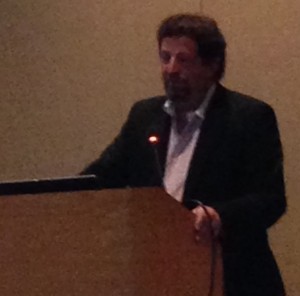 Standards are built in order to resolve a problem where understanding might not be present or there might be debate in the best way to accomplish something. Once you know the problem it’s a matter of running down the list to develop a solution, get people interested in participating, research the issue, make a plan, gather people that can help solve the problem so that ultimately you can broadcast the developed standard to the public.
Standards are built in order to resolve a problem where understanding might not be present or there might be debate in the best way to accomplish something. Once you know the problem it’s a matter of running down the list to develop a solution, get people interested in participating, research the issue, make a plan, gather people that can help solve the problem so that ultimately you can broadcast the developed standard to the public.
What a good standard looks like
- Cogent problem intro.
- Tightly crafted scope.
- Normative references.
- Well defined terms.
- Overview of standard.
- Dirty details.
- Expansion/extension path.
- Annex with examples and implementation tips.
On a more personal note, my favorite portion of Vessa’s presentation involved the proponents of standards, especially his first bullet point: show why it matters. Standards are important to the industry as they can be the building blocks for new members to understand why we do things the way we do and if you can develop the proponents you will have greater success at getting people to join in the development and implementation of the resulting standard.
Proponents
- Show why it matters.
- What isn’t working what would be better if it was?
- What’s in it for them?
- Solicit their views on the solution.
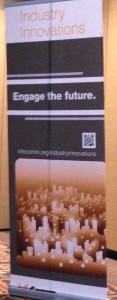
- Build a shared vision.
- Get users and manufacturers interested.
But this wasn’t a session about being spoken to; it was about sharing and discussing where things are now and where they are going. It was about showing gratitude for the time and effort put in by the professionals involved. And it was about looking to the next phase of where this industry will go.
If you think of yourself as an industry leader or are someone who wants to be an industry leader, then this is an event that would be worth the added days at InfoComm’s annual trade show. The industry is reaching a turning point. The leadership that has been there for years is starting to look towards retirement, as one does when they’ve spent decades in the work force, and it is time for the next generation of industry leaders to step up and learn how these standards are developed so that we can seamlessly grab the reigns. If you want to get involved then keep your eyes out for what standards task groups are coming up and volunteer your time and knowledge to help keep the audio visual industry moving forward.

